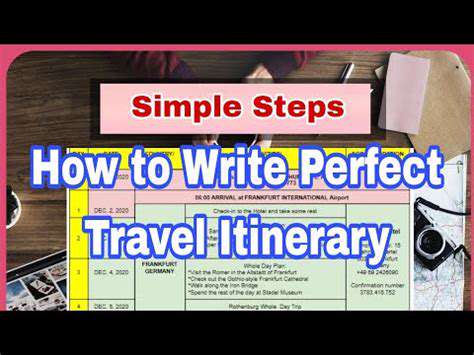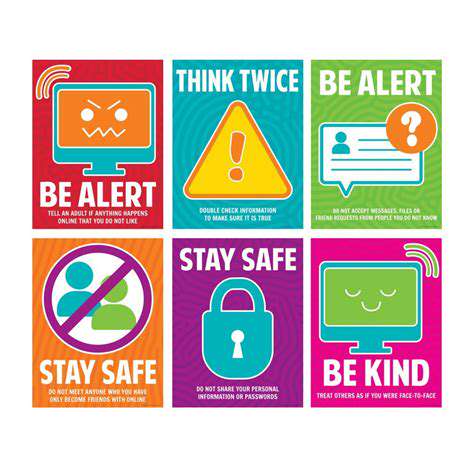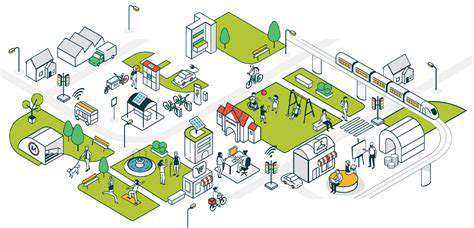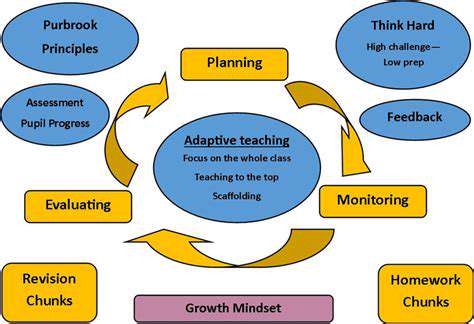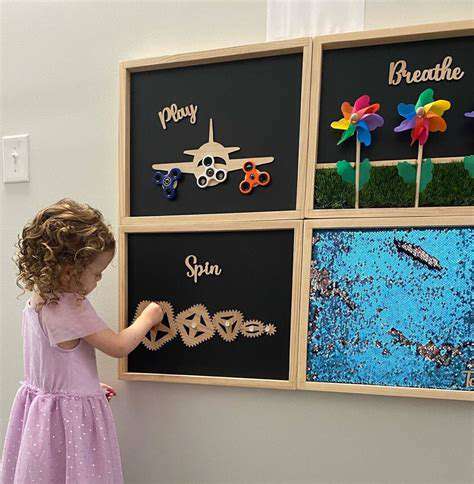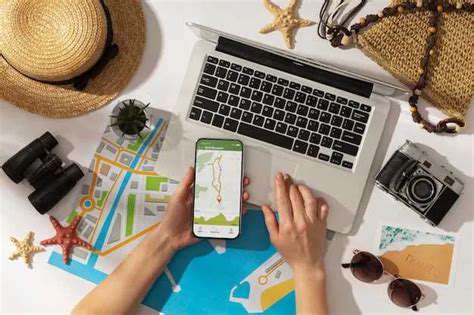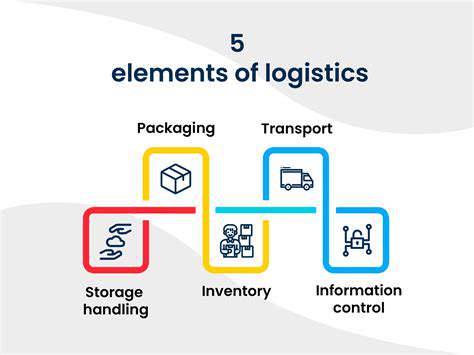Guide to Family Road Trip Planning
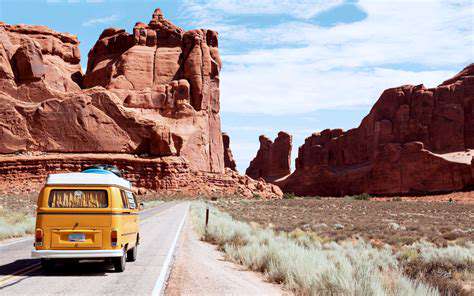
Planning the Perfect Itinerary
Crafting a dream road trip itinerary involves balancing spontaneity with structure. The magic happens when you leave room for unexpected discoveries while having key anchor points. Start by identifying 2-3 must-see locations, then build flexibility around them. Local diners, scenic overlooks, and quirky roadside attractions often become trip highlights when you're open to detours.
Duration depends entirely on your travel rhythm. Some travelers thrive on 300-mile days, while others prefer leisurely 100-mile stretches. Listen to your instincts - if a place captivates you, build in an extra night. Budget-wise, track expenses from previous trips to create realistic benchmarks. Unexpected costs always arise, so pad your estimate by 15-20%.
Choosing the Right Vehicle
Your car becomes your mobile sanctuary. Beyond passenger capacity, consider seat comfort for long drives and window visibility for sightseeing. Test drive potential rentals with your typical luggage load to assess real-world space. Modern hybrids offer excellent mileage without sacrificing power, especially helpful in mountainous regions.
Before departure, have a mechanic perform a road trip readiness check focusing on tires, brakes, and cooling systems. Carry emergency supplies like jumper cables and coolant - these small additions prevent big headaches. For tech-savvy travelers, install useful apps like GasBuddy and RepairPal to locate services en route.
Packing Essentials for Comfort and Convenience
Adopt a capsule wardrobe approach: 3-4 color-coordinated outfits with layering pieces. Rolling clothes saves space and reduces wrinkles better than folding. Include a small laundry kit - sink washing extends wardrobe options. For electronics, a multi-port charger prevents outlet hogging at hotels.
Create a day-one bag with essentials you'll need before unpacking: medications, toiletries, a change of clothes. This simple step eliminates frantic searching when you arrive tired at your first stop. Pack non-perishable snacks in reusable containers - they're healthier and generate less waste than convenience store options.
Budgeting for Your Adventure
Divide your budget into fixed costs (gas, lodging) and variable expenses (meals, activities). Using separate envelopes or digital accounts for each category prevents overspending in one area from derailing your entire trip. Consider alternative lodging like campgrounds or Airbnb rooms for 20-40% savings over traditional hotels.
Track expenses daily using a simple spreadsheet or app. This real-time awareness helps adjust spending before small indulgences become budget busters. Look for combo tickets at attractions and ask about local discounts - many places offer reduced rates for seniors, students, or military.
Crafting Your Itinerary: Route Planning and Accommodation Booking
Route Planning: Laying the Foundation
When designing your route, alternate between ambitious driving days and lighter ones. The sweet spot often lies in 4-5 hours of driving with 2-3 substantial stops. Use tools like Roadtrippers to discover hidden gems along your path that major mapping services overlook.
Build in buffer zones - 50-mile radiuses where you might divert for exceptional opportunities. Some of the best travel stories begin with We saw a sign for... Download offline maps for areas with spotty coverage, and identify potential stopping points every 2-3 hours.
Accommodation Booking: Finding Your Home Away From Home
Look beyond standard hotels. Many state parks offer comfortable cabins, while universities rent dorm rooms during summer breaks at significant discounts. Booking directly with properties often yields better rates and more flexible cancellation policies than third-party sites.
When evaluating locations, check walking distance to dining options. After long driving days, the ability to stroll to dinner beats searching for parking. Read recent reviews focusing on cleanliness and noise levels - these make or break restful nights.
Transportation Choices
Consider mixing transportation modes. For city segments, public transit passes often cost less than parking fees. In walkable destinations, arriving by train eliminates parking hassles entirely. For rural areas, having your own wheels provides necessary freedom.
Activities and Entertainment
Balance scheduled activities with open exploration time. Pre-booking one anchor activity per location ensures memorable experiences while leaving room for spontaneity. Seek out free local events like farmers markets or outdoor concerts for authentic cultural experiences.
Create a shared digital photo album where travel companions can contribute images. This collaborative approach builds excitement before the trip and preserves memories afterward. Include downtime for journaling or sketching - these quiet moments often yield the deepest reflections.
Packing Essentials: From Entertainment to Safety
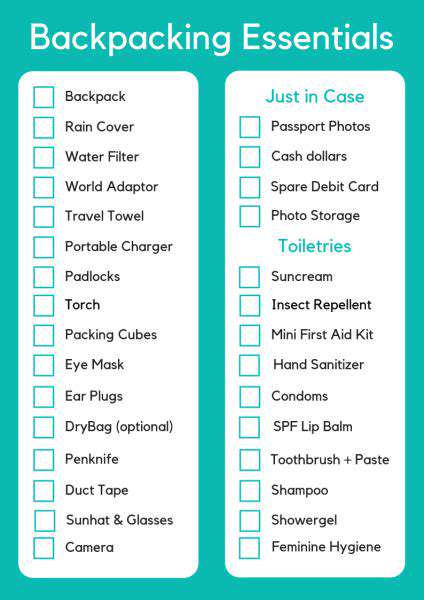
Packing Entertainment
Curate a travel playlist that evolves with your journey's regions. Local music streaming stations provide authentic ambiance without data-heavy downloads. Load your e-reader with books set in your destinations for immersive reading experiences.
Pack a small notebook for collecting ticket stubs, sketching landscapes, or jotting down recommendations. These analog records often become more cherished than digital photos. Include a compact game like bananagrams for group entertainment during meals or delays.
Packing Comfort
Invest in quality travel accessories: noise-canceling headphones for flights, a compressible down jacket for variable climates. These items earn their space through daily utility. Use packing cubes to separate clean/dirty clothes and keep items accessible.
Break in new shoes thoroughly before your trip. Comfortable footwear makes the difference between exploring enthusiastically and cutting days short. Pack a small first aid kit with blister treatments - these minor preparations prevent major discomfort.
Selecting a LEGO robotics kit mirrors trip planning - match complexity to your experience level. Intermediate builders might enjoy kits with programmable elements, while beginners should start with mechanical builds. The satisfaction comes from gradual skill development, not immediate mastery.
Maximizing Fun: Activities and Entertainment for Every Member

Planning Engaging Activities
When designing activities, incorporate elements that appeal to different learning styles. Visual learners appreciate maps and diagrams, while kinesthetic types prefer hands-on experiences. Mix structured tours with self-guided exploration to accommodate various preferences.
Enhancing Social Interaction
Create simple conversation starters like Most surprising thing today during group meals. These low-pressure prompts often spark meaningful exchanges. Designate a trip historian to collect funny quotes and observations - these become priceless later.
Considering Accessibility
Research accessibility features beyond ADA compliance. Some historic sites offer excellent access, while modern buildings sometimes fall short. Contact venues directly for detailed information about specific needs.
Optimizing the Environment
Pay attention to sensory elements - pleasant scents, comfortable seating, and visual appeal all contribute to enjoyment. Small touches like fresh flowers or local artwork elevate spaces remarkably.
Leveraging Technology
Use augmented reality apps to bring historical sites to life. These tools make learning interactive without feeling like homework. Create a shared photo cloud where everyone can contribute images throughout the trip.
